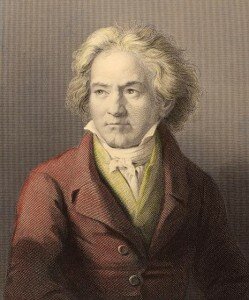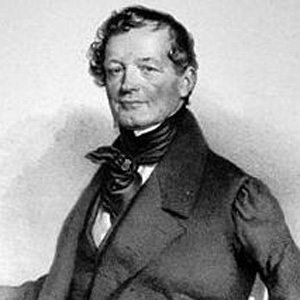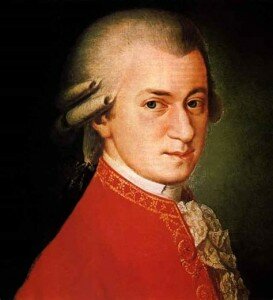
Beethoven
One of the first variation sets that catches our attention is Mozart’s 12 Variations on Ah, vous dirai-je, maman, K. 265. Don’t recognize the name? Perhaps you might think of it as Mozart’s variations on “Twinkle, Twinkle Little Star.” These were probably written in the summer of 1778, when Mozart was in Paris. The song was already popular in France as the basis for a variation set as early as 1761. The first statement of the theme is as simple as possible before launching into the variations. We have the theme in double time (var. I), the bass in double time (var. II), right-hand arpeggios (var. III), followed by left-hand arpeggios (var. IV), and so on. By the time we’re on the 7th variation, the theme has shifted to the minor. The last variation returns us to the theme but now with a new bassline.
Mozart: 12 Variations on Ah, vous dirai-je, maman, K. 265 (András Schiff, piano)

Diabelli
Diabelli: 50 Variations on a Waltz by Diabelli: Theme (Artur Balsam, piano)
The young Liszt rose to the occasion
Liszt: 50 Variations on a Waltz by Diabelli: Variation 24, S147/R26 (Rudolf Buchbinder, piano)
And the Archduke presented a tidy package as well:
Rudolf: 50 Variations on a Waltz by Diabelli: Variation 40 (Rudolf Buchbinder, piano)

Mozart
Beethoven: 33 Variations on a Waltz by A. Diabelli, Op. 120: Thema: Vivace (Konstantin Scherbakov, piano)
Beethoven has fun with theme, making one variation (22) a parody of an aria from Mozart’s Don Giovanni, Leporello’s opening ‘Notte e giorno fatticar.’
Beethoven: 33 Variations in C Major on a Waltz by Diabelli, Op. 120, “Diabelli Variations” : Variation 22: Allegro molto (Rudolf Buchbinder, piano)
With that feat, Beethoven gives us a variation on Diabelli’s melody as taken through a variation/parody of a Mozart melody – he was truly showing off!
Other kinds of variation sets include variations on themes from operas, on themes from etudes (such as the Paganini etudes), and anything else that made a memorable melody. A last kind of variation set is the more modern idea of variations on something that is so famous every performance is a variation on it. Here’s John Williams’ Variations on Happy Birthday, written for his own 80th birthday celebrations, but with a tongue firmly placed in cheek about both his own musical style, the styles of film music, and last but not least, the nature of variations.
Williams: Variations on Happy Birthday (Los Angeles Recording Arts Orchestra; John Williams, cond.)


